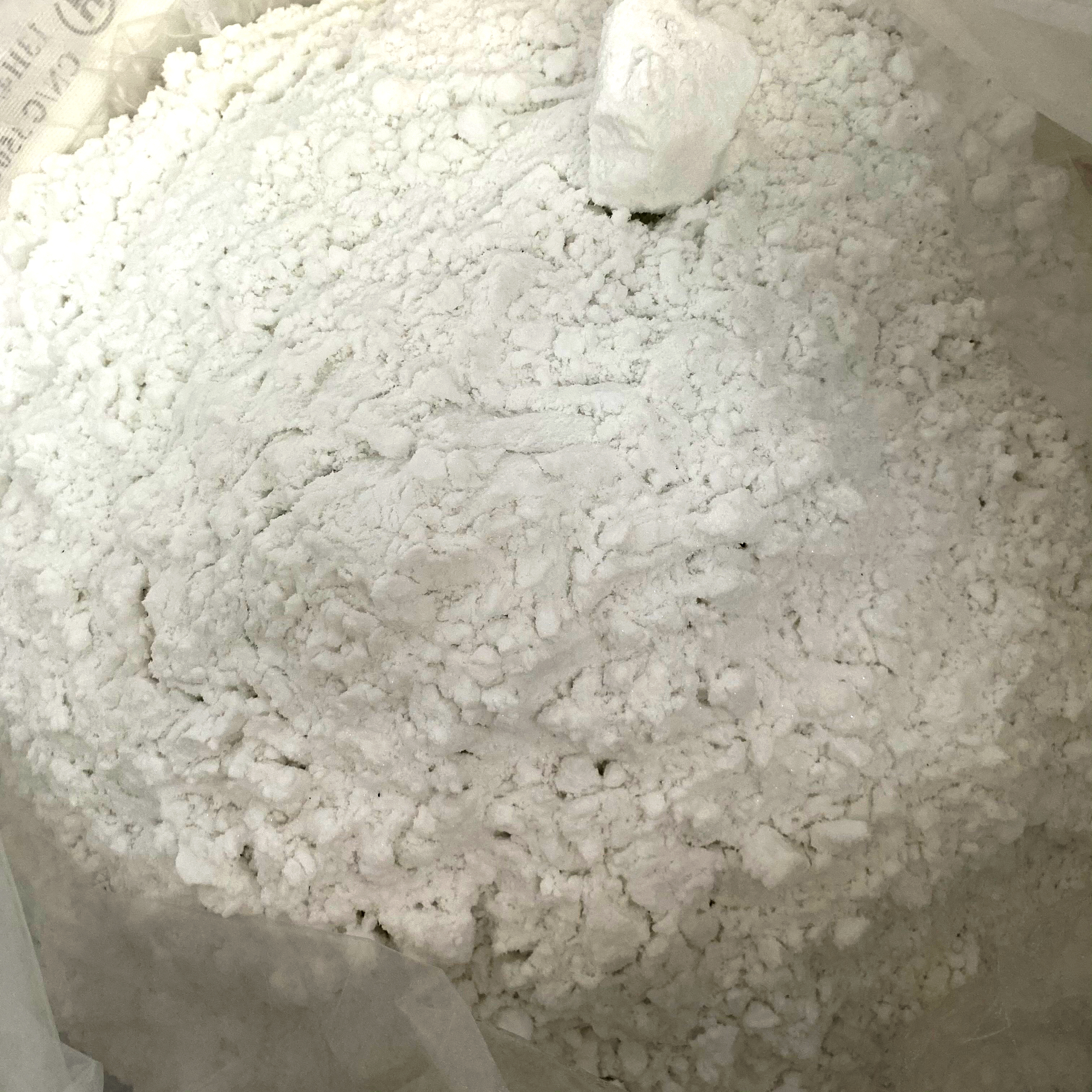How Toxic Lead Nitrate Is
Lead nitrate, is an inorganic compound, chemical formula Pb(NO3)2, is the nitrate of lead, white cubic or monoclinic crystal, hard and shiny, easily soluble in water. It is mainly used in the manufacture of lead salt, mordant and fireworks. It was included in the "List of Dangerous Chemicals prone to explosive" and controlled in accordance with the "Measures for the Administration of Public Security of Dangerous Chemicals prone to Explosive" On October 27, 2017, the list of carcinogens published by the International Agency for Research on Cancer of the World Health Organization was preliminarily collated for reference, and inorganic lead compounds were highly toxic in the list of 2A carcinogens. It has serious harm to human health. Exposure to lead nitrate can cause symptoms of acute poisoning, such as difficulty breathing, nausea, vomiting, abdominal pain and diarrhoea. Long-term exposure or high doses of exposure can lead to chronic poisoning, causing damage to the central nervous system, digestive system, kidneys and reproductive system. The main manifestations of the nervous system are neurasthenic syndrome, peripheral neuropathy (more obvious motor function involvement), and lead poisoning encephalopathy. The digestive system presents with lead lines in the gums, loss of appetite, nausea, bloating, diarrhea or constipation; Abdominal colic is seen in moderate and severe cases. Hematopoietic system damage porphyrin metabolism disorders, anemia and so on. May cause burns in contact with skin; It's irritating to the eyes. Lead nitrate is also considered a carcinogen and can pollute the environment. Therefore, appropriate safety measures must be taken to prevent exposure to lead nitrate, including wearing protective gloves, glasses and masks, ensuring adequate ventilation, and following proper handling and disposal methods. In case of exposure or suspected poisoning, seek medical assistance immediately.
